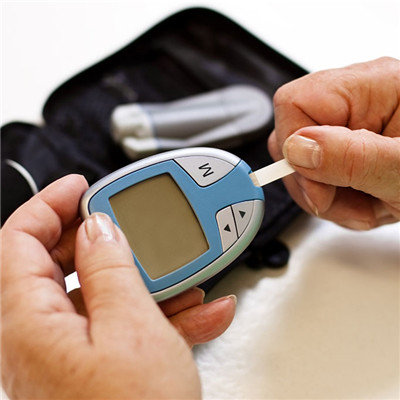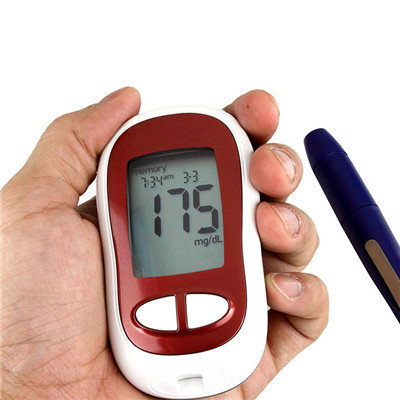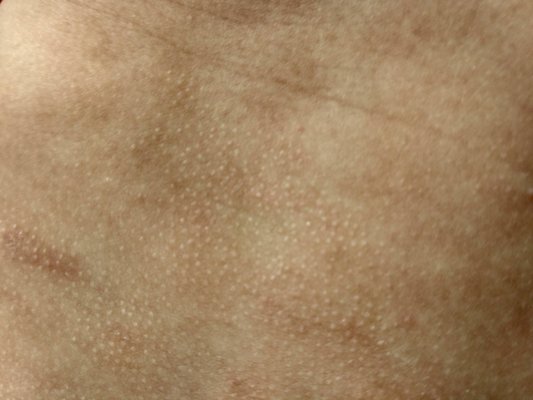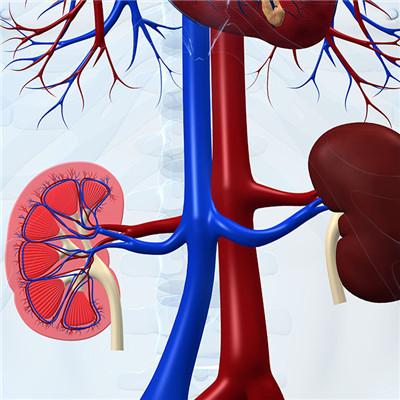Symptoms of diabetic ketoacidosis
summary
Diabetic ketoacidosis is very terrible. Sometimes life can be lost if the rescue is not timely. Diabetic ketoacidosis can lead to different symptoms of patients. However, if we want to care for diabetic ketoacidosis, we need to consider the incidence of patients. With the increase of our experience in the treatment of diabetic ketoacidosis, It is best to consider the primary disease treatment of patients.
Symptoms of diabetic ketoacidosis
During the DKA compensatory period, the symptoms of diabetes and gastrointestinal tract were aggravated, such as polyuria, thirst, fatigue and weight loss; With the progression of DKA, there were loss of appetite, nausea, vomiting and even inability to eat. A small number of patients, especially children with type 1 diabetes, may have extensive acute abdominal pain, accompanied by abdominal muscle tension and weakened bowel sounds, which are easily misdiagnosed as acute abdomen. The reason is not clear, it may be related to dehydration, hypokalemia caused by gastrointestinal dilatation or paralytic intestinal obstruction. It should be noticed or caused by the rare acute primary intra-abdominal diseases which induce DKA. If not the latter, abdominal pain can be relieved by correcting metabolic disorder.

Acidosis and ketone odor, also known as Kussmaul respiration, are characterized by increased respiratory rate and deep breathing, which are caused by acidosis. When blood pH < 7.2, they may appear to facilitate acid excretion; When the blood pH is less than 7.0, the respiratory center will be inhibited and respiratory paralysis will occur. In severe DKA, some patients may have ketone odor similar to rotten apple odor.

Dehydration and / or shock are common symptoms and signs in patients with moderate to severe DKA. Hyperglycemia leads to a large amount of osmotic diuresis. When acidosis occurs, a large amount of Na in extracellular fluid is discharged, which aggravates dehydration. When the amount of dehydrated water reaches 5% of body weight, the patient may have signs of dehydration, such as dry skin, lack of elasticity, eye and cheek depression, low intraocular pressure, dry and red tongue. If the amount of dehydrated water exceeds 15% of body weight, circulatory failure may occur. Symptoms include increased heart rate, weak pulse, decreased blood pressure and body temperature, etc. in severe cases, life-threatening.

matters needing attention
Although we understand the disease knowledge above diabetic ketoacidosis, for patients with diabetic ketoacidosis, it's best to consider the incidence of patients in time. Diabetic ketoacidosis is a disease that brings great pain to patients. Therefore, we need to understand the disease treatment in time to alleviate the pain of patients with diabetic ketoacidosis to the greatest extent.















